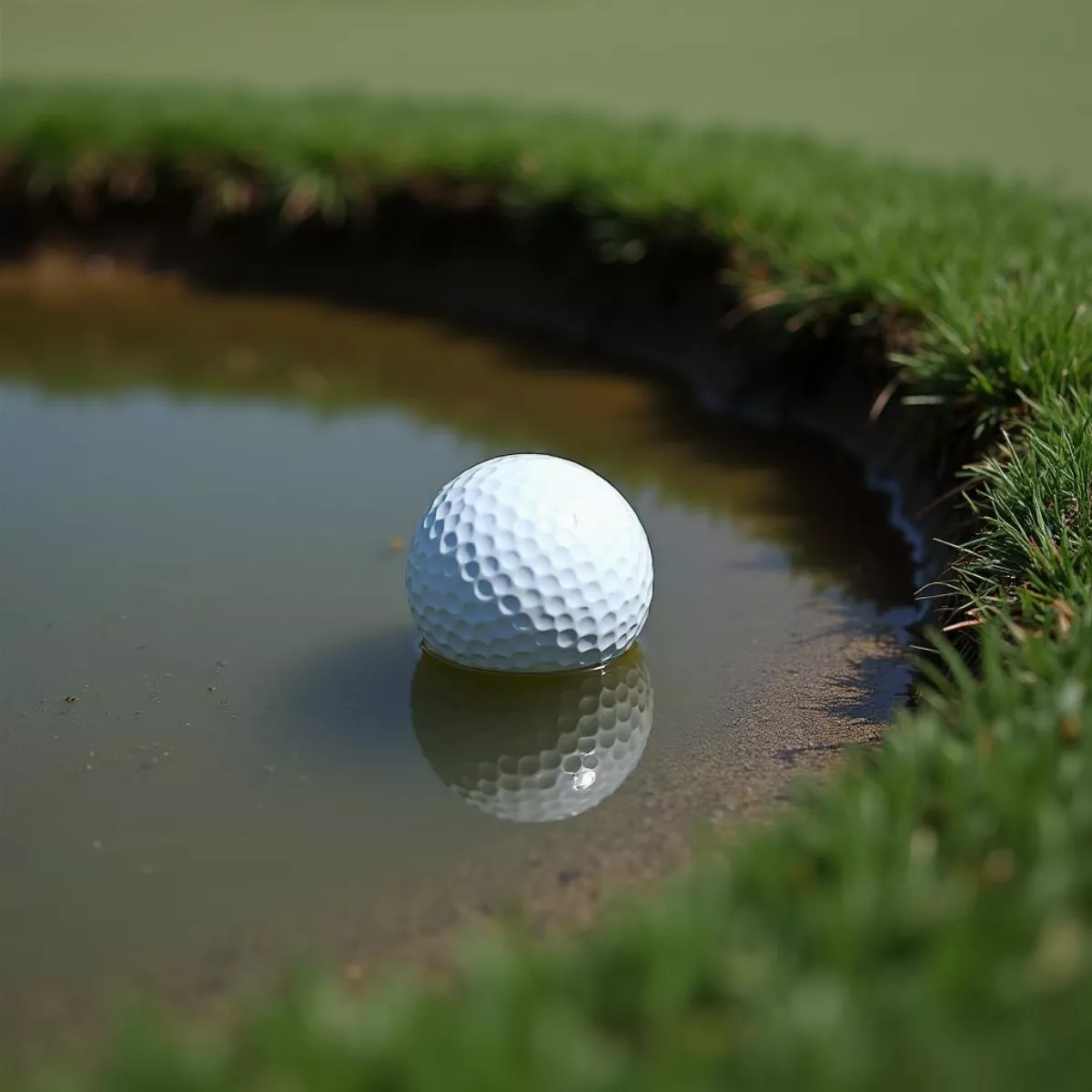Golf is as much about etiquette and rules as it is about skill and technique. One term that’s often heard on the course but not always understood is preferred lies. What does it mean, and how does it affect your game? In this guide, we’ll explore preferred lies, their significance, and the implications for your play strategy.
What Are Preferred Lies?
Preferred lies, sometimes referred to as “winter rules,” allow players to improve their lie in certain situations. This usually comes into play when the course conditions are less than ideal, such as during wet and muddy weather. The most common scenario for using preferred lies is when the ground is soft, and the ball might be buried in the grass, making the shot significantly more difficult.
Basic Principles
- Definition: Preferred lies enable golfers to move their ball from a bad position to a more favorable one, typically within a specific distance, usually one club length, without penalty.
- Usage: Primarily used during adverse weather conditions, like rain or snow, but can also be implemented by course management to protect course integrity.
When Are Preferred Lies Commonly Used?
- Wet Conditions: After heavy rain, fairways and rough can become muddy, making it difficult to play without risk of damaging the course.
- Winter Play: In colder months, ground conditions can deteriorate significantly, making preferred lies a common practice.
- Course Maintenance: When a course is under repair or maintenance, preferred lies may be declared to ensure playability without undue hardship on the players.
 Golf Course Wet Conditions
Golf Course Wet Conditions
The Importance of Preferred Lies
Understanding preferred lies is crucial for a couple of reasons:
- Improved Playability: It makes the game more enjoyable by allowing golfers to take a better shot without being hindered by poor ground conditions.
- Course Protection: It helps in maintaining the quality of the golf course in adverse weather conditions, reducing the likelihood of damage.
The Etiquette of Using Preferred Lies
When employing preferred lies, it’s important to adhere to some basic etiquette:
- Be Transparent: If preferred lies are in effect, communicate this clearly to your playing partners to avoid confusion.
- Fair Practices: Only adjust the ball to a position that truly benefits the shot; don’t take advantage by placing it in a significantly better location.
How to Implement Preferred Lies
Implementing preferred lies is straightforward. Here’s how to do it correctly:
Steps for Using Preferred Lies
- Identify Conditions: Determine if the ground conditions warrant the use of preferred lies.
- Measure Your Distance: Typically, you’re allowed to move your ball forward, backward, or sideways away from the original position within a one club length distance, not closer to the hole.
- Mark Your Spot: If you move the ball, it’s best to remember the original position to avoid confusion.
 Golfer Measuring Club Length
Golfer Measuring Club Length
Example: If your ball lands in a muddy area in the fairway, you can pick it up, clean it, and drop it within one club length of the original spot, ensuring that the ball remains in the fairway.
Restrictions to Keep in Mind
While preferred lies offer flexibility, some restrictions can apply:
- Not Closer to the Hole: Always remember to place the ball not closer to the hole than its original position.
- Local Rules: Each course may have their own local rules regarding preferred lies, so it’s essential to check before starting your round.
- Specific Areas: Some areas of the course (like hazards) remain off-limits for preferred lies usage.
 Golf Ball in Hazard
Golf Ball in Hazard
Key Takeaways
- Preferred Lies allow golfers to improve their ball’s position in adverse conditions without a penalty.
- Typically used during wet or winter conditions, improving playability and protecting course integrity.
- Always mark the original position and communicate with your playing partners when using preferred lies.
Frequently Asked Questions
1. Can I use preferred lies in the rough?
No, preferred lies are typically only applicable on fairways unless specified otherwise by local course rules.
2. Is it acceptable to adjust the ball more than one club length?
No, you should only adjust the ball within the distance of one club length from its original position.
3. What if my ball lands in a hole or a divot?
If local rules allow, you can usually apply preferred lies and drop the ball in a better position, provided you don’t move it closer to the hole.
4. Is it mandated to use preferred lies during wet conditions?
No, it’s not mandatory. Course management may choose to implement this, but it’s generally at their discretion.
5. How do I know if preferred lies are in effect?
Before your game, check with the course staff about their local rules regarding preferred lies.
6. Can I practice my putting while taking advantage of preferred lies?
You should only use preferred lies when the ball is in its original position and has been adjusted in line with preferred lies rules. Practice putting typically isn’t done under those circumstances.
7. Are there any penalties associated with using preferred lies incorrectly?
Yes, incorrect usage can lead to penalties similar to any other infraction of the rules. It’s vital to adhere to guidelines strictly.
8. What should I do if another player is abusing the preferred lie rule?
If you notice improper use of the preferred lie rules, it’s best to politely remind them of the guidelines. If they persist, consider notifying the course marshal.
9. Is the practice of preferred lies widespread?
While it’s common in many regions during adverse weather, practices can vary by course and location, so always check before your round.
10. Can preferred lies be used in tournaments?
In tournaments, preferred lies are typically only allowed if stated in the official rules for that event. Always confirm with organizers.
Conclusion
Understanding preferred lies in golf is more than just a rule; it’s about making the game enjoyable while respecting the course’s conditions. By knowing when and how to use preferred lies, you can navigate tricky weather situations effectively, improve your score, and have a better time on the greens.
Whether you’re a beginner or an experienced player, comprehending this concept allows for a more pleasant golfing experience, especially in challenging conditions. Now, remember to communicate with your fellow golfers, respect the corrections, and enjoy the game much more!
With this guide, you’re set to tackle those challenging shots caused by wet conditions and enhance your overall golfing experience. Happy golfing!

